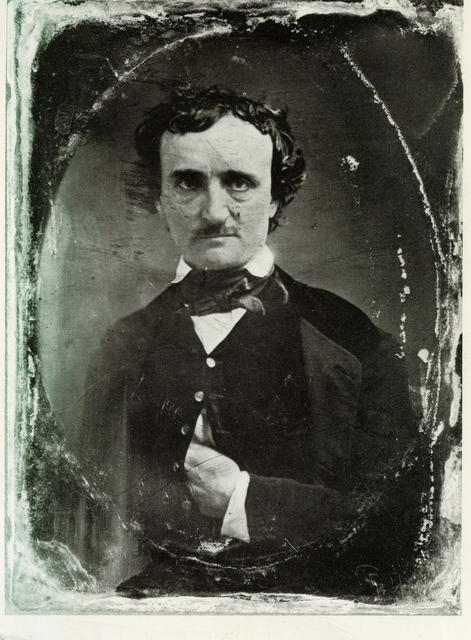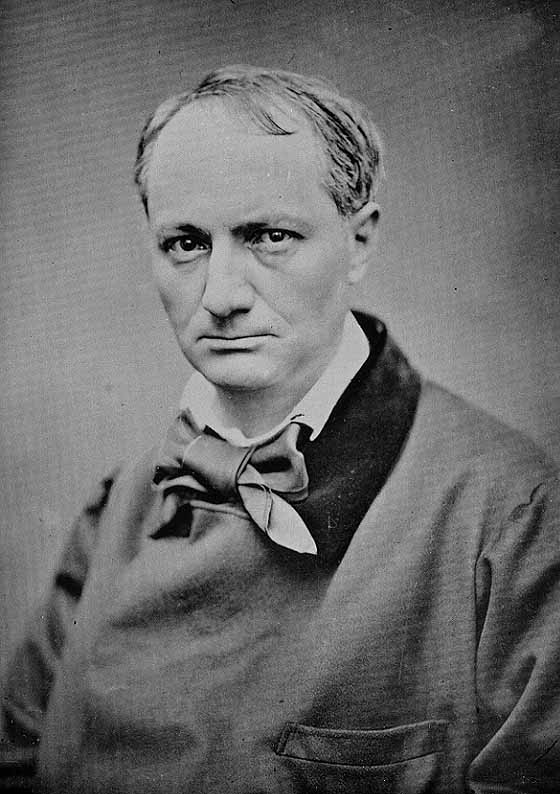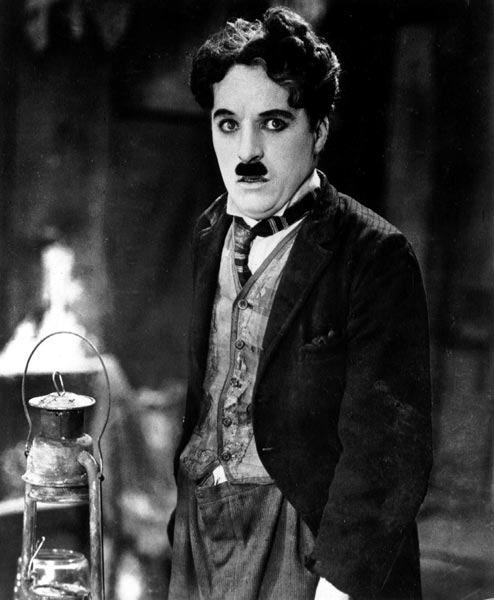
Here’s Walter Benjamin on Poe’s description of “the crowd” — an image
of great importance to Baudelaire:
“We may assume that the crowd as it appears in Poe, with its abrupt and
intermittent movements, is described quite realistically. In itself,
the description has a higher truth. These are less the movements of
people going about their business than the movements of the machines
they operate. With uncanny foresight, Poe seems to have modeled the
gestures and reactions of the crowd on the rhythm of these machines.
The flaneur, at any rate, has no part in such behavior. Instead, he
forms an obstacle in its path. His nonchalance would therefore be
nothing other than an unconscious protest against the tempo of the
production process.”
The Parisian flaneur was a type of 19th-Century dandy whose pleasure it
was to wander, and to be seen to wander, the boulevards with no
apparent purpose. This pose was a conscious endorsement of pure
sensibility over practical endeavor and, as Benjamin suggests, perhaps
an unconscious protest against an increasingly mechanized and
regimented industrial society.
Chaplin’s Little Fellow is a flaneur. His dandyism has become a bit
shabby but abides in his fastidiousness about his dress and its
pretension to style — well-exemplified in the Tramp’s delicacy in
removing and replacing the detached finger of his glove in one of the
opening sequences of City Lights. The pretension involved is not
about class, but about dignity. Like a true flaneur, the Tramp wanders
through the world in a state of detachment from it, observing,
sometimes mocking, sometimes hustling what he wants from it, but never
seeking its endorsement. Another remark by Benjamin on Baudelaire is
relevant here:
“Baudelaire was obliged to lay claim to the dignity of the poet in a
society that had no more dignity of any kind to confer. Hence the
bouffonnerie of his public appearances.”

Chaplin’s flaneur, like Baudelaire’s scandalous poet, had to be a comic
figure in the context of his time — his insistence on dignity in an
undignified world had to be ironical. But it is still sincere, and
heroic. The buffoonery of Baudelaire and the Tramp becomes an
accusation, and the dignity they insist on is real, if absurd in the
context of their times.
In Modern Times the flaneur is diverted from his strolling about and,
inside the factory, his movements become subsumed by the movements of
the machines, which eventually overpower and consume him. Contrast
this with Buster Keaton’s battle against a mechanized universe. Keaton
becomes a kind of uber-machine — a machine with soul and purpose and
courage, more intricate and ingenious and lyrical than the machines
he’s fighting. He bests the machines on their own terms and in that
way restores the primacy and the dignity of the human being.
But the flaneur doesn’t have this capacity, or this option. His
triumph is just to wander on, dusting the dirt off his tattered finery,
setting his hat at a rakish angle, flexing his cane, untouched by the
more profound shabbiness of the world around him — a hero not of deeds
but of example.

